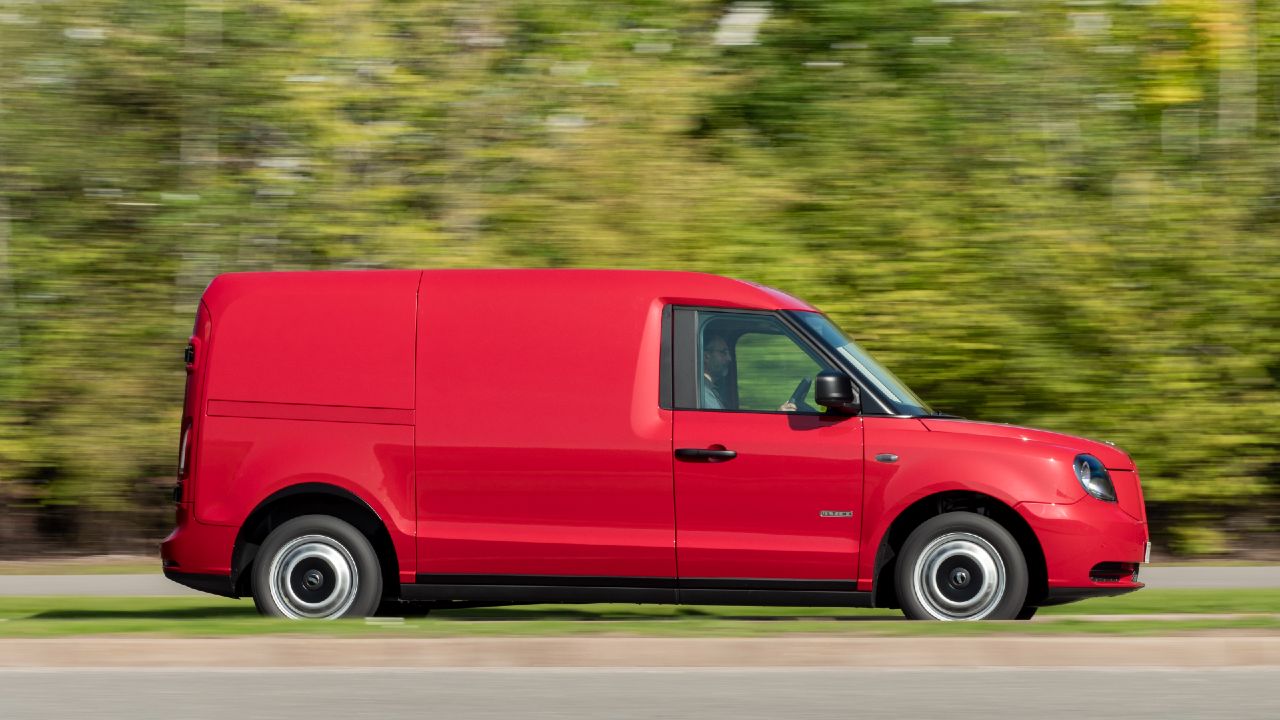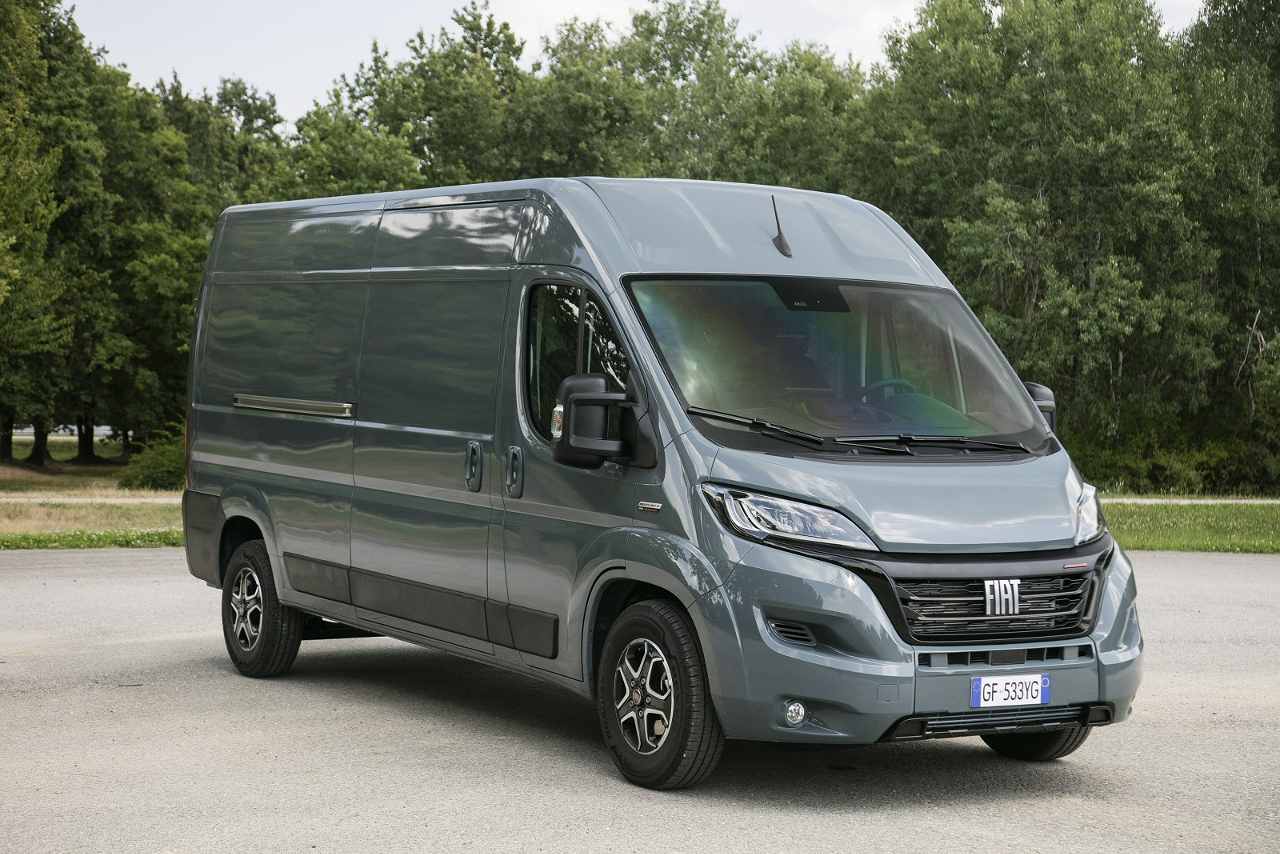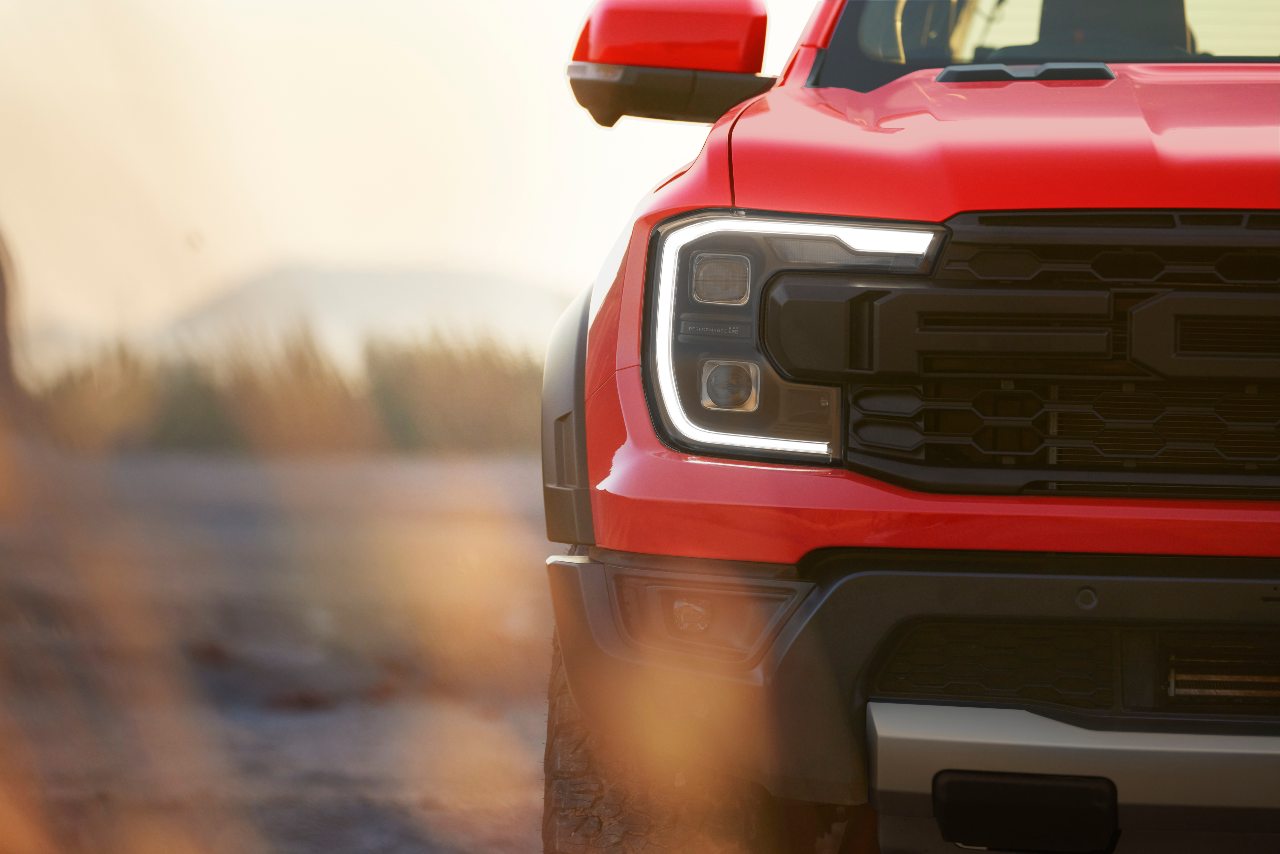London Cabs are iconic, recognised across the world as a symbol of the UK. It’s a classic vehicle and, like all classics, has experienced something of a reinvigoration in its latest more streamlined version… and now it’s been turned into a van! Vanarama Van Expert Tom Roberts takes a closer look at this most bizarre commercial vehicle conversion.
Although the VN5 is an all-new entrant to the LCV market, being based on the London Taxi means its roots go all the way back to 1908. However, the more recognisable ‘Black Cab’, the FX3, was first launched in 1948 before being succeeded by the FX4 - more affectionately referred to as the ‘London Taxi’ - in 1958. That’s where it all started and the following decades simply saw the classic design modernise and change with the times. But before we get too far into the history lesson, I want to highlight three of the most impressive things about this vehicle:
-
It’s A (Very Good) Range Extender Hybrid: A range-extender powertrain uses a small combustion engine to extend the range of the battery pack - the engine in the LEVC is never used to drive the wheels, it’s only there to generate electricity meaning less carbon emissions and less time worrying if you’re going to run out of juice!
-
Unbelievably Low Turning Circle: This vehicle can turn on a penny! The front axle can turn the wheels nearly 90 degrees in either direction meaning the vehicle pivots on its back wheels. It’s unnerving to watch from the outside and amazing to drive - you can get out of any tight space and turn any tight corner easier than even the smallest cars.
-
Imposing Good Looks: It turns heads anywhere you take it. I drove it around town and people would not stop staring. I like that it doesn’t look like any other commercial vehicle on the market. I don’t want to blend in, I want to drive a taxi van!
Keep those in mind while you read this review - they’re key reasons to choose this vehicle over anything else. Before we dig into the history, I’ll tease you with this statement - I’ve never driven a commercial vehicle like this!
A Quick History Lesson
Well, another two decades of refinement resulted in the 1978 launch of the TX1, which reimagined the classic London Taxi profile with less lines and more curves. After that, facelifts and powerplant updates resulted in the recognisably modern TX4, which entered service in 2007 - since then, not a lot has changed in the basic design.
2017 saw the London Cab manufacturer rebrand as the London EV Company (LEVC), owned by Chinese company Geely. The true forerunner of the VN5 - confusingly called the TX (not to be confused with the bad terminator from Terminator 3) - was launched in 2018 using the same petrol/electric range extending power unit as the van. And that brings us nicely up to date.
I’ll be frank, the VN5 Taxi Van is a bizarre entry to the commercial vehicle world - it’s only offered in 1 size and weight, but in 3 trim levels! It also comes with a confidence-inspiring 5-year/150,000 mile warranty & its battery has an 8-year/150,000 miles (extendable) warranty. I always breathe a sigh of relief when I see warranty lengths of this size, it’s a real demonstration that the manufacturer believes in their components.
Now, let’s take a closer look at the vehicle, bit by bit.
The Taxi Van In Focus
For such a seemingly bizarre new addition to the commercial vehicle market, the LEVC VN5 is reassuringly normal in its spec.
Trim Levels: 3 trim levels - Business (standard), City (middle) and Ultima (top).
Cab Environment: All trim levels come with only 2 seats in the front with no options for crew variants. The Business trim level gets a dual-zone climate control system and cruise control (hooray), while the City trim level adds a heated windscreen and additional cab storage (which is a bit pokey). Jump up to the top-whack Ultima trim level and the cabin is topped off with electrically-heated and adjustable seats (I expected more).
Driver convenience: If you opt for the Business trim level, you’ll get a fully digital dashboard display with a 9-inch centre-mounted touchscreen (the same one used in Volvo cars) with DAB radio and Bluetooth connectivity. On the outside, not only do you have the automatic wipers and lights, you also get electric (and fully heated) mirrors (yawn)! The City trim level steps it up a notch (thank goodness) and adds front and rear parking sensors plus a safety pack, featuring lane departure warning, road sign information and curtain airbags. Finally, the Ultima trim level includes a sat-nav (which for a taxi van seems like something it should come with as standard), a rear-view camera and upgrades the charging port to allow for 22kw fast charging (which feels a bit rich to be something you have to upgrade to).
Exterior: The body of this iconic van is constructed in aluminium, and if you love your vans in white, the Business trim level comes as standard in white with LED daylight running lights and headlights. Step up to Ultima trim level and you can have the vehicle in charcoal grey metallic paint (yeah, there’s no exciting colours at all), body-coloured bumpers and steel wheels.
Safety Features: This is an area the LEVC VN5 excels at standard. All trim levels benefit from an autonomous emergency braking system, forward collision warning and tire pressure monitoring system. That’s pretty great.
Engines and Drivetrains: The VN5 has 61 miles of pure electric range with its 110Kw electric motor driving the rear wheels. Its 31KwH battery pack has a 225-minute charge time at 7Kw AC and a 75-minute charge time at 22Kw AC at 75Kw (again, this faster charging is an Ultima-only capability). 50Kw DC charging will allow the battery to go from 0-100% in only 30 minutes. The range-extending petrol engine is a 3-cylinder 1477cc engine, which only generates electricity and doesn’t drive the wheels.
Body And Weight Configurations, Doors And Loading Bays: It is what it is and only offers users a single configuration with twin rear doors and single side load door, plus LED loadspace lighting (whoopty-doo). The Ultima trim level also includes 8 lashing points (well, push me through a hedge).
Payloads, Tow Weights, Fuel Consumption and CO2 Emissions: The VN5 offers NEDC combined fuel consumption at 188.3 mpg & Co2 emissions of just 34g/km. The payloads across the range start at 694kg and top out at 830kg… and towing isn’t permitted in this vehicle. Not bad, not great.
Cargo Area Dimensions: The simple cargo area has an internal length of 2447mm, and internal width of 1574mm, an internal height of 1373mm, and provides users with a load volume of 5.5 cubic metres (so, yeah).
Tom’s Takeaways
How do I finish this one then? The LEVC VN5 Taxi Van is a strange commercial vehicle. On the one hand, it’s striking to look at with one of the most incredible turning circles I’ve ever encountered. On the other hand, its very standard trim level offerings feel boring in comparison to the vehicle itself.
I can definitely get on board with the range-extending hybrid tech - it feels like a bridging technology of sorts - and I really love how it drives and turns corners. But what I struggle with is how unexciting everything else is. I know it’s not the most important thing to worry about, but alongside other more practical commercial vehicles (which do offer meaningful improvements at every trim level), I worry that the LEVC VN5 Taxi Van doesn’t do enough to stand out.
That turning circle though, it really does have to be experienced to be believed!
If you're looking for more advice on choosing the ideal van for your business, take a look at our in-depth guide or check out our latest van leasing offers





